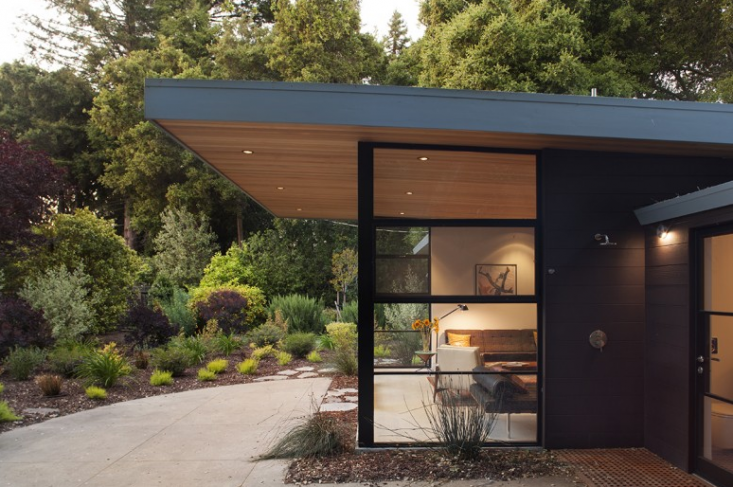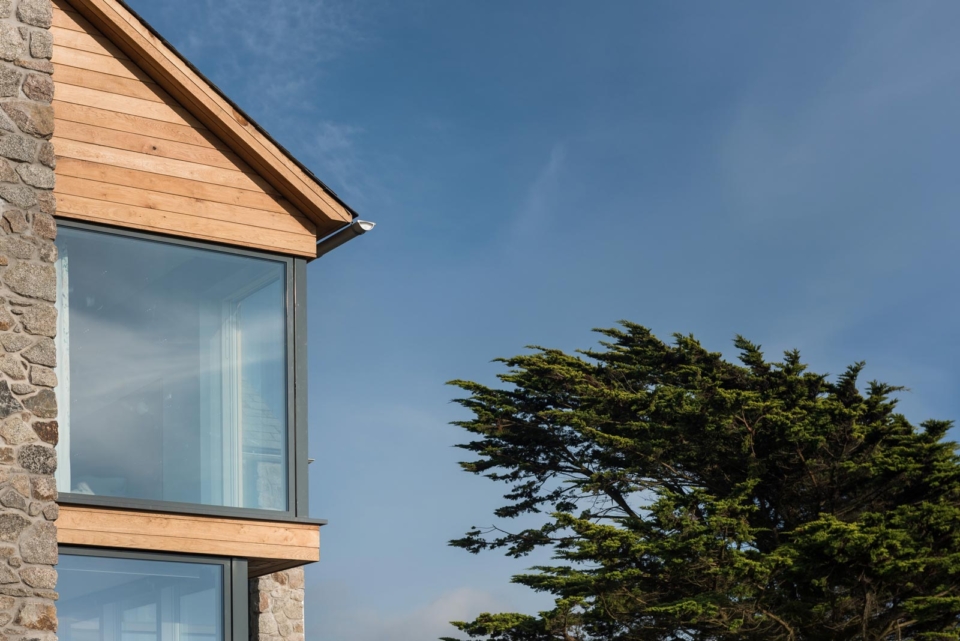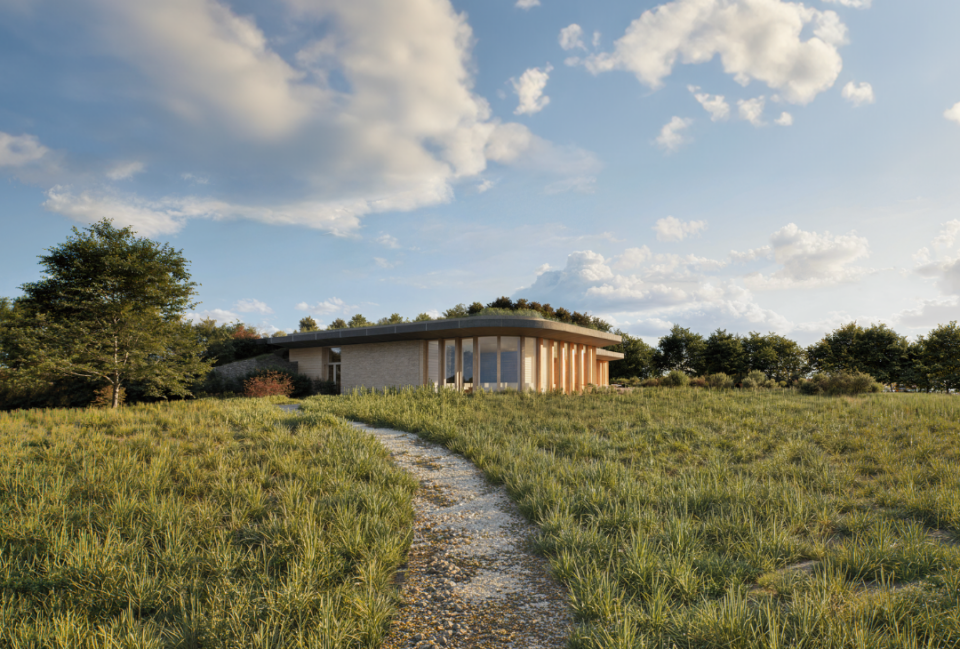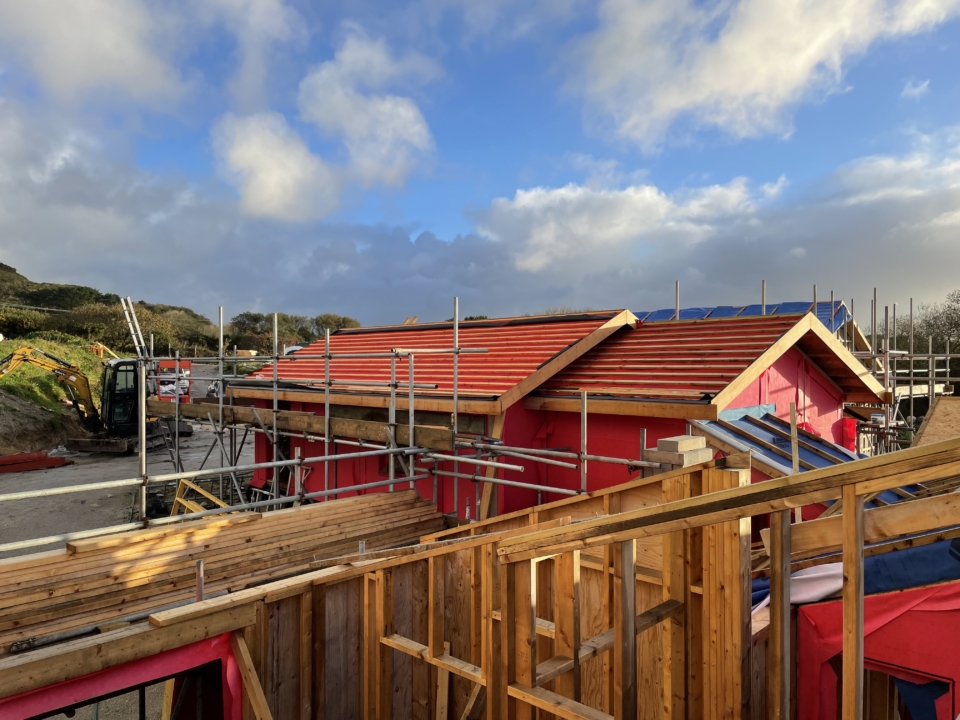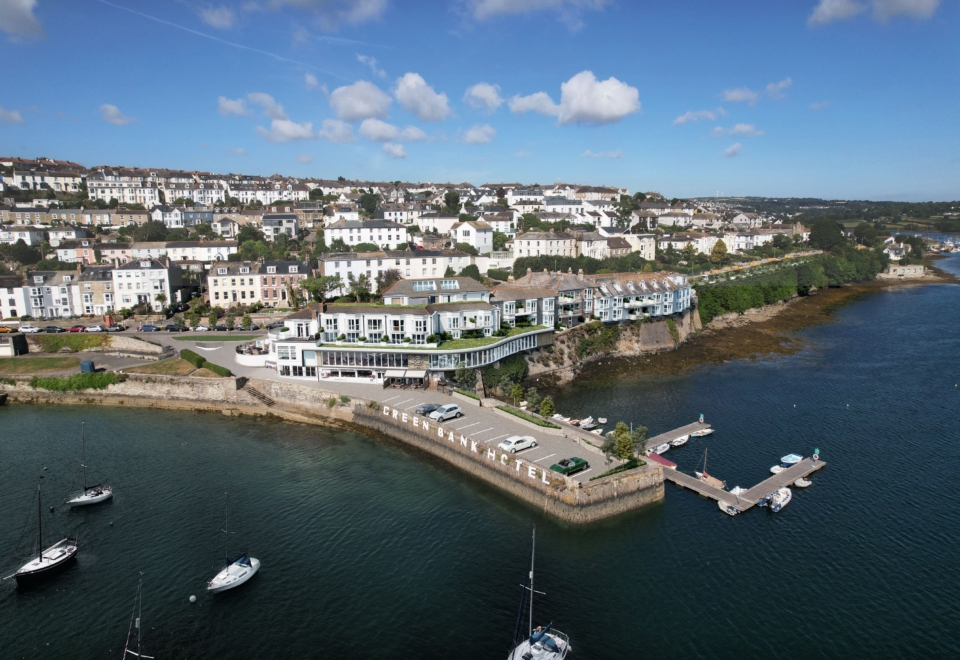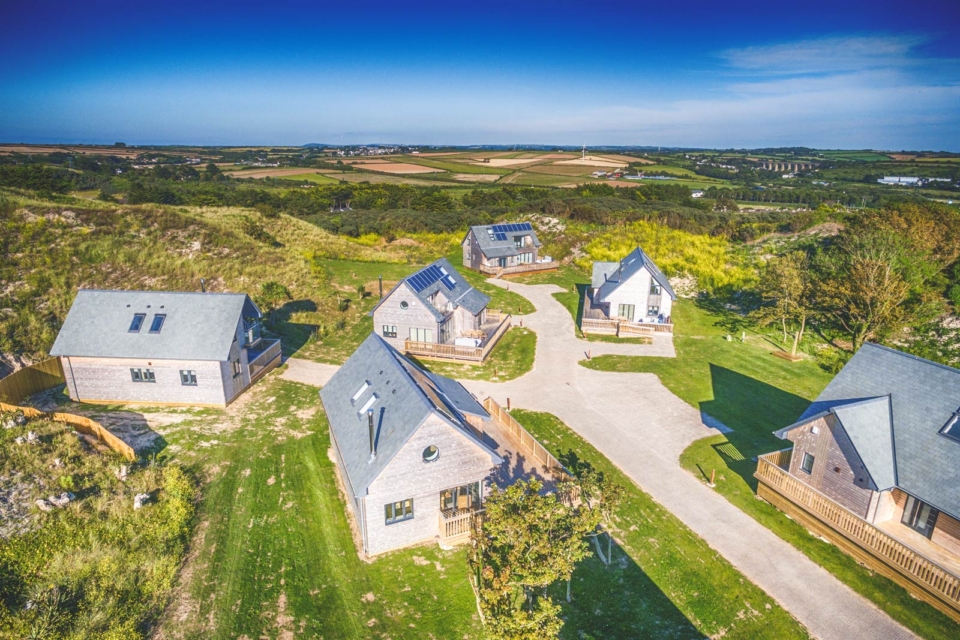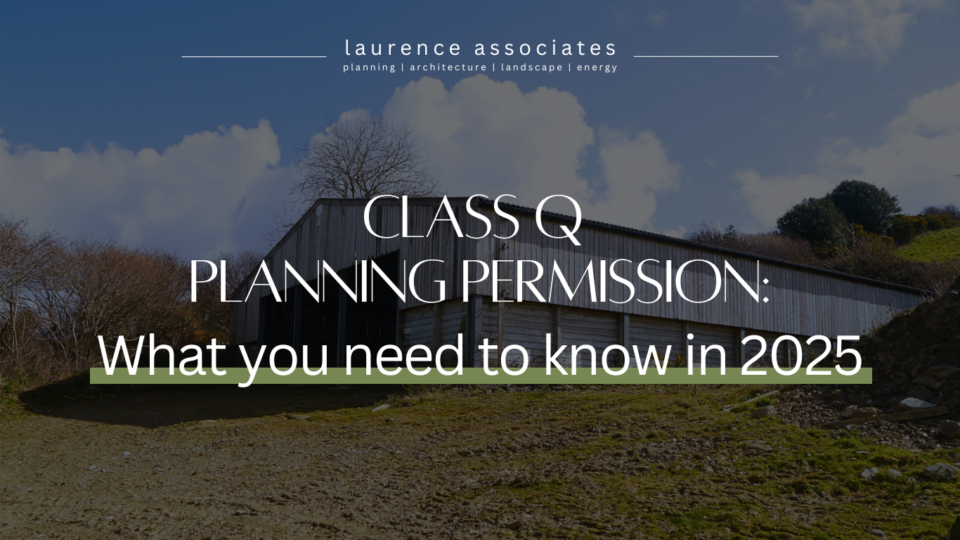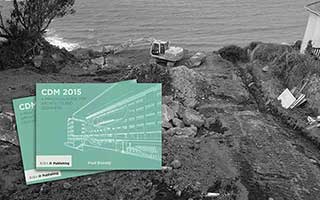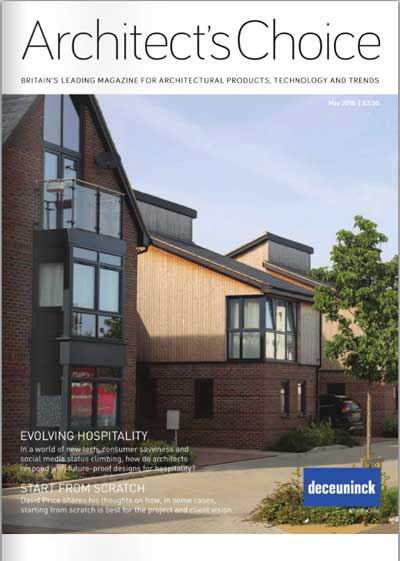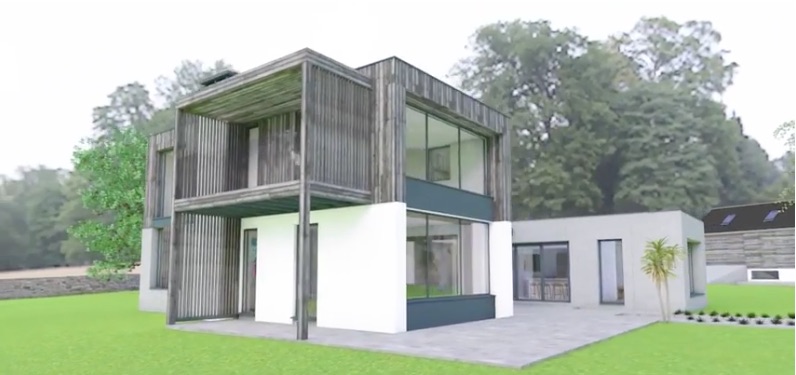CIL is a planning charge used by local authorities on new developments in their catchment areas.
Money raised via CIL will be used to fund infrastructure – including road schemes, flood defences, telecommunications, park improvements, health facilities, green spaces, schools and leisure spaces – needed to support new homes and businesses in the area. The Government estimates that the levy will raise an additional £1bn-a-year.
Aimed at supporting growth and development, levies are set council-by-council.
CIL is charged as a fixed rate per square metre of new floor space created in the below circumstances:
- The creation of a new dwelling of any size;
- The creation of over 100m2 of gross internal floorspace; and
- New buildings into which people normally go into.
Development is not usually CIL liable if it is:
- A structure or building into which people do not usually go into, e.g. wind turbines;
- A change of use with no additional floorspace (if no new dwellings are created);
- A change of use from a single dwelling house to two or more separate dwellings (although if the development also includes some degree of extension that creates new floorspace it would be CIL liable);
- For social (affordable) housing;
- To be used for charitable purposes; or
- A Self-Build.
As councils set their own rates, the Levy may vary depending on where you’re building. Charging authorities must produce a charging schedule which sets out their levy rates (in pounds per m2), and they must be able to demonstrate how their proposed levy rate [or rates] will support development in the area.
Planning obligations, known as s106 agreements, will continue to address affordable housing and site-specific issues required to make a development acceptable in planning terms.
The Government believes CIL will have a positive economic impact on development across local plan areas, but cautions councils to set levies which support development without threatening the viability of building projects. This balance, it says, is at the heart of the charge setting process.
How is a CIL payment calculated?
CIL is calculated by multiplying the new floorspace that a development will create (in m2) by the relevant CIL rate set out in the Council’s Charging Schedule.
Who is liable to pay the Levy?
Landowners are ultimately liable, but anyone involved in the development may take on the liability.
When is a CIL payment calculated?
For Full, Reserved Matters and Certificate of Lawful Development applications, CIL is calculated when the application is determined.
For Prior Approval Notifications, CIL is calculated at the point at which the development commences (these are developments which are already permitted by way of general consent).
In both cases, all liable parties will receive a CIL Liability Notice advising of the amount of CIL due, and how/when to make payment.
Who is liable to pay the Levy?
Landowners are ultimately liable, but anyone involved in the development may take on the liability.
When is a CIL payment calculated?
For Full, Reserved Matters and Certificate of Lawful Development applications, CIL is calculated when the application is determined.
For Prior Approval Notifications, CIL is calculated at the point at which the development commences (these are developments which are already permitted by way of general consent).
In both cases, all liable parties will receive a CIL Liability Notice advising of the amount of CIL due, and how/when to make payment.
When is CIL payable?
CIL is payable 60 days after the commencement of development.
The liable party is required to submit “Form 6: Commencement Notice” to the relevant Council prior to commencement of development; this will determine the date payment is due.
Depending on the Council, there may be the option to make CIL payments in instalments but this will depend on the amount of CIL payable.
If payment by instalments is permitted, the Commencement Notice enables the Council to calculate the due date of each payment and the liable party (or parties) will be sent a Demand Notice when each instalment becomes due.
Impact of CIL
If you’re already in a CIL charging zone, it’s likely to have been factored in to any development proposals. If you’re in an area where CIL has just come into effect, or is about to, you may wish to contact us to discuss in more detail the implications.
For further information, please call our Planning Manager, Chloe Pitt, on 01872 225 259. We do not charge for initial consultations and advice.
